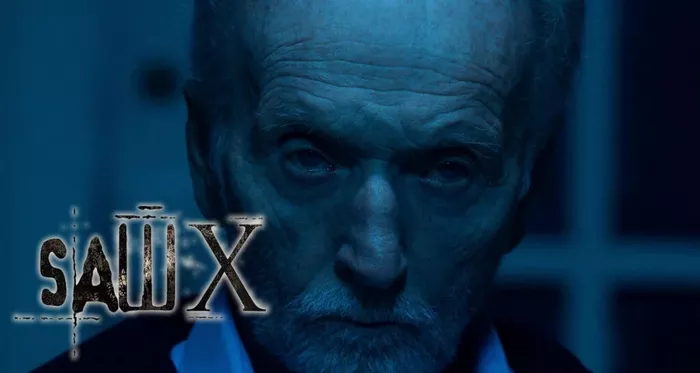For nearly two decades, the Saw franchise has been a cornerstone of the horror genre, known for its labyrinthine death traps and mind-bending plot twists. However, as the series continued to churn out sequels, it started to lose its edge, teetering on the brink of becoming formulaic and repetitive. Enter Saw X, a film that not only reimagines the iconic character of Jigsaw but also injects new vitality into a franchise that was in danger of becoming stale.
Humanizing Jigsaw: A Victim of a Medical Scam
One of the most striking and transformative aspects of Saw X is its endeavor to humanize the character of John Kramer, or Jigsaw, as he is infamously known. In the earlier Saw films, Jigsaw was depicted as a sadistic killer who derived pleasure from putting people through harrowing tests of survival. However, Saw X deviates from this portrayal, presenting Jigsaw as a victim of a medical scam that left him with a terminal illness and enduring physical agony.
This profound shift in character development allows audiences to glimpse a different facet of Jigsaw – one that elicits empathy rather than sheer terror. We witness his torment and his metamorphosis into the Punisher-like anti-hero that he ultimately becomes in this film. This change in perspective endows Jigsaw with a depth previously unexplored, revitalizing the franchise in the process.
Breaking Away from the Formula
One of the primary criticisms that the Saw franchise faced in its later installments was its adherence to a set formula: new victims, gruesome traps, and a last-minute plot twist. While this formula unquestionably contributed to the franchise’s initial success, it eventually grew predictable and monotonous. Saw X boldly confronts this issue, openly acknowledging the formula’s existence and seeking innovative ways to address it.
Rather than relying solely on the shock value of gruesome traps and intricate games, the film delves deeper into the psychological dimensions of Jigsaw’s philosophy. It probes into the moral dilemmas confronting both the victims and Jigsaw himself, shifting the focus away from gratuitous gore and towards the inner struggles of its characters. This alteration in emphasis infuses a fresh perspective into the series, challenging viewers to contemplate the deeper, more intricate aspects of horror.
Jigsaw’s Belief in Awakening Others
Perhaps one of the most captivating aspects of Saw X is its exploration of John Kramer’s unwavering belief in awakening others to the beauty of life, even at the cost of his own well-being. In previous films, Jigsaw’s motivations remained shrouded in mystery, and his actions appeared driven by a desire for revenge or sadistic pleasure. However, Saw X unravels the enigma, revealing a man profoundly committed to a unique philosophy.
Jigsaw’s aspiration to compel individuals to confront their mortality and cherish the gift of life lies at the heart of this film. His actions, while still extreme, are portrayed as a means to an end – a method to jolt people out of their complacency and compel them to value the preciousness of existence. This humanistic portrayal of Jigsaw adds an intricate layer of depth to his character and presents a fresh perspective on the franchise.
Conclusion: Saw X’s Bold Reinvention
Saw X emerges as a bold and rejuvenating entry into the long-running Saw franchise. Through the process of humanizing Jigsaw, breaking free from the conventional formula, and delving into the character’s fervent belief in awakening others, the film offers a novel and compelling reinterpretation of a series that had begun to lose its edge. It invites audiences to look beyond the visceral horror and ponder the profound philosophical questions raised by Jigsaw’s actions.
After 18 years, Saw X proves that the franchise still possesses untapped potential. By reimagining one of horror cinema’s most iconic characters, Jigsaw evolves from a slasher movie legend into a complex, tragic figure driven by a unique moral code. This transformation is precisely what the franchise required to remain relevant and captivating, ensuring that the legacy of Saw endures, continuing to captivate and terrify audiences for years to come.

